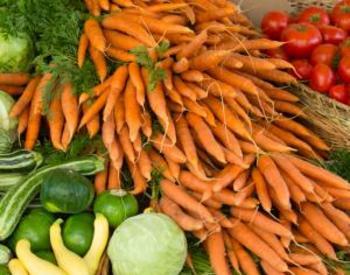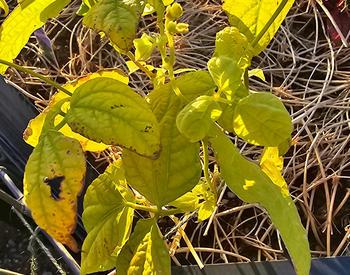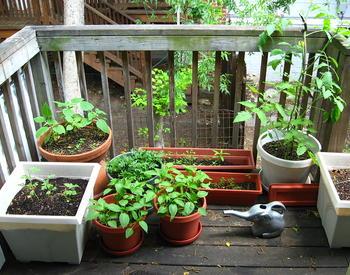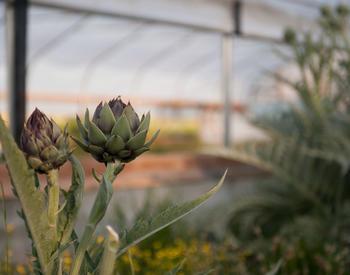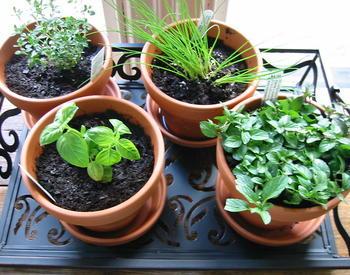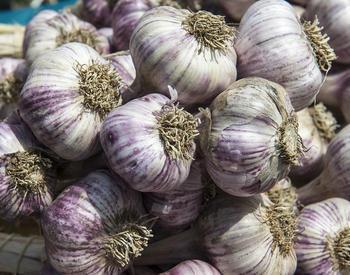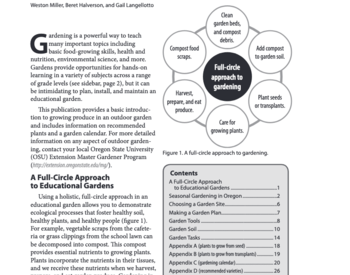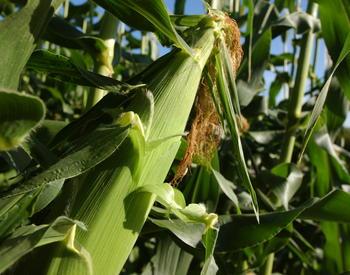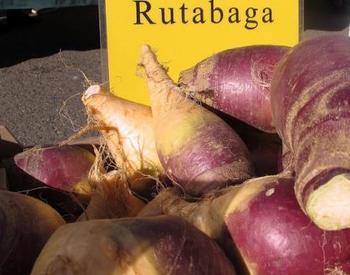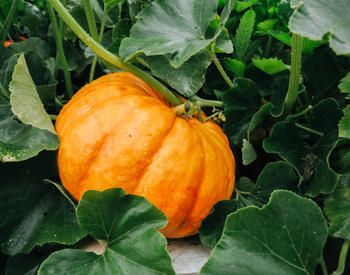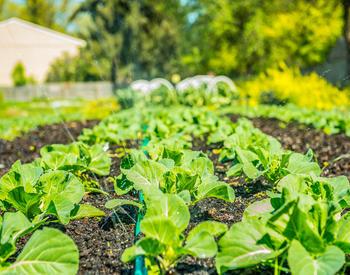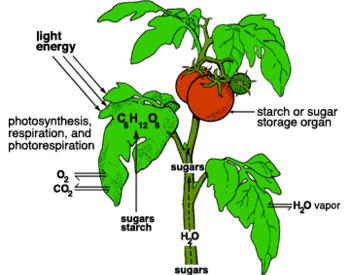If you live in Oregon and are new to vegetable gardening, Oregon State University Extension Service has information on how to garden successfully in all four of the state's zones.
You can identify your region and choose vegetable varieties and planting dates suitable to the growing conditions in your area. A guide on when to start seeds and when to plant 45 vegetables — from artichokes to watermelon — in each zone can be found in Extension's Growing Your Own Vegetables publication.
The four growing regions are the Oregon Coast, western valleys, Central and eastern Oregon, and the Columbia and Snake River valleys.
Zone 1
Oregon Coast: Cool, long season of 190 to 250 days. Gardening on the Oregon Coast isn't easy because of the wind, fog and cool temperatures. However, if you match your plant needs and garden design to the coastal climate, gardening by the beach can be a rewarding experience.
Zone 2
Western valleys: 150- to 250-day season; warm days, cool nights; length of season may vary from year to year. Gardeners in the Rogue and Willamette valleys enjoy an excellent climate for gardening and a wide variety of fertile valley soils. Warm, sunny weather in late spring, summer and early fall provides good growing conditions with a minimum of garden plant diseases. Year-round gardening is possible, with mild winters where temperatures seldom drop below 20 degrees.
Zone 3
High elevations: Central and eastern Oregon; short growing season of 90 to 120 days; frost can occur during any month. Although it may not be a gardening paradise, the Central and eastern Oregon regions are more than a wide expanse of high desert. Successful vegetable and fruit gardening is possible east of the Cascades if you take into account the area's special and widely varying climate and soil characteristics.
Zone 4
Columbia and Snake River valleys: 120- to 200-day season; hot days, warm nights; length of season fairly well defined. In areas along the Columbia River, where the growing season approaches or exceeds 120 days, planting dates can be moved up to early May. For gardens in lower-elevation areas along the Columbia, heat and steady winds create problems for gardeners trying to establish fruit and vegetable plantings. Frequent, light watering is the only way to keep seedlings from drying out.
